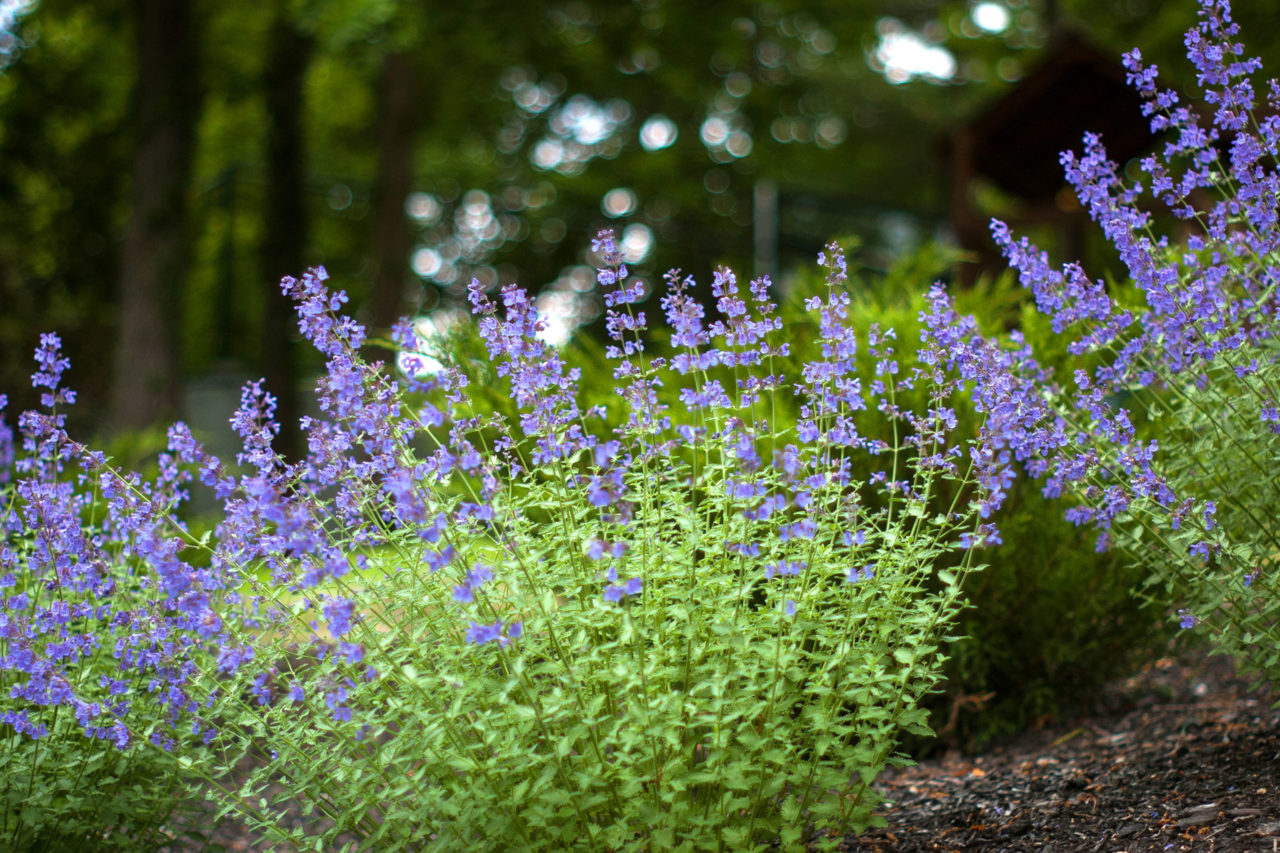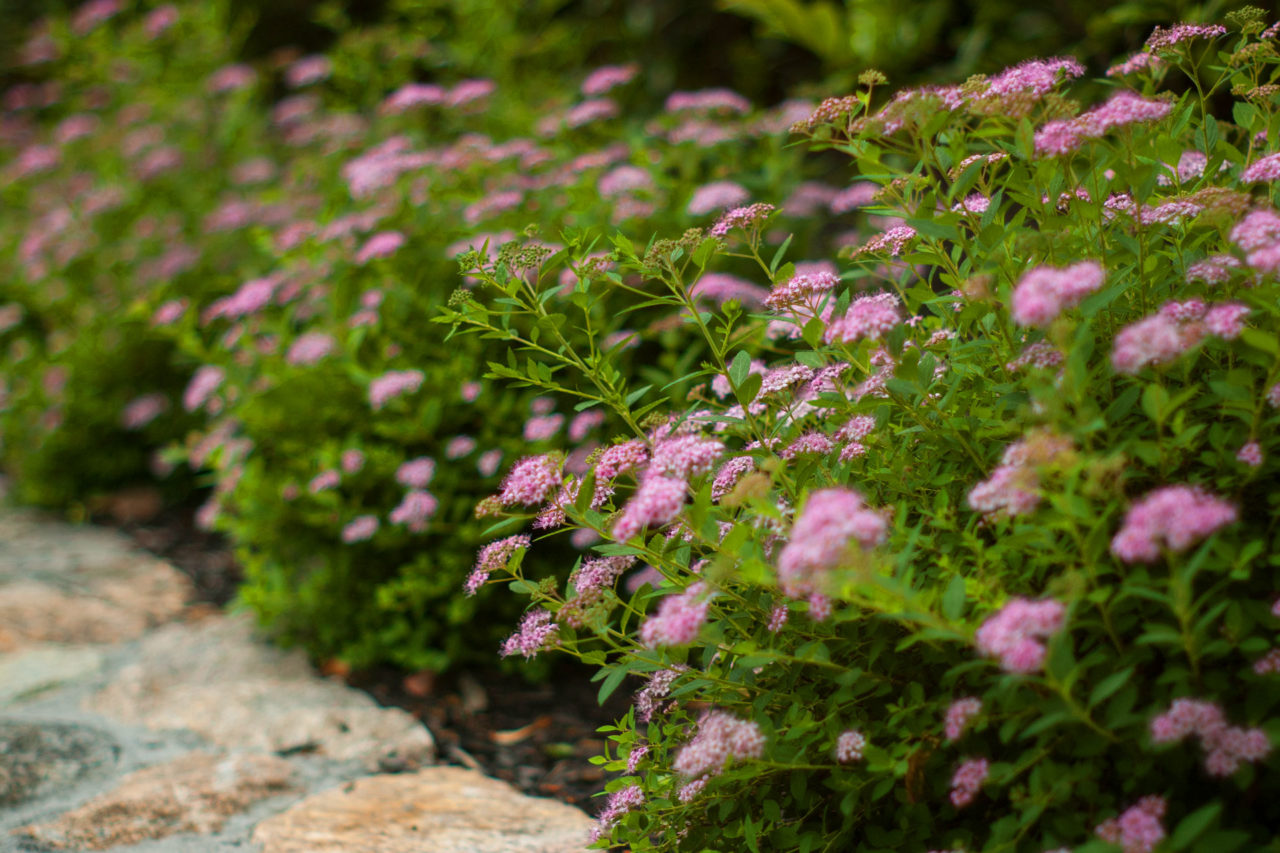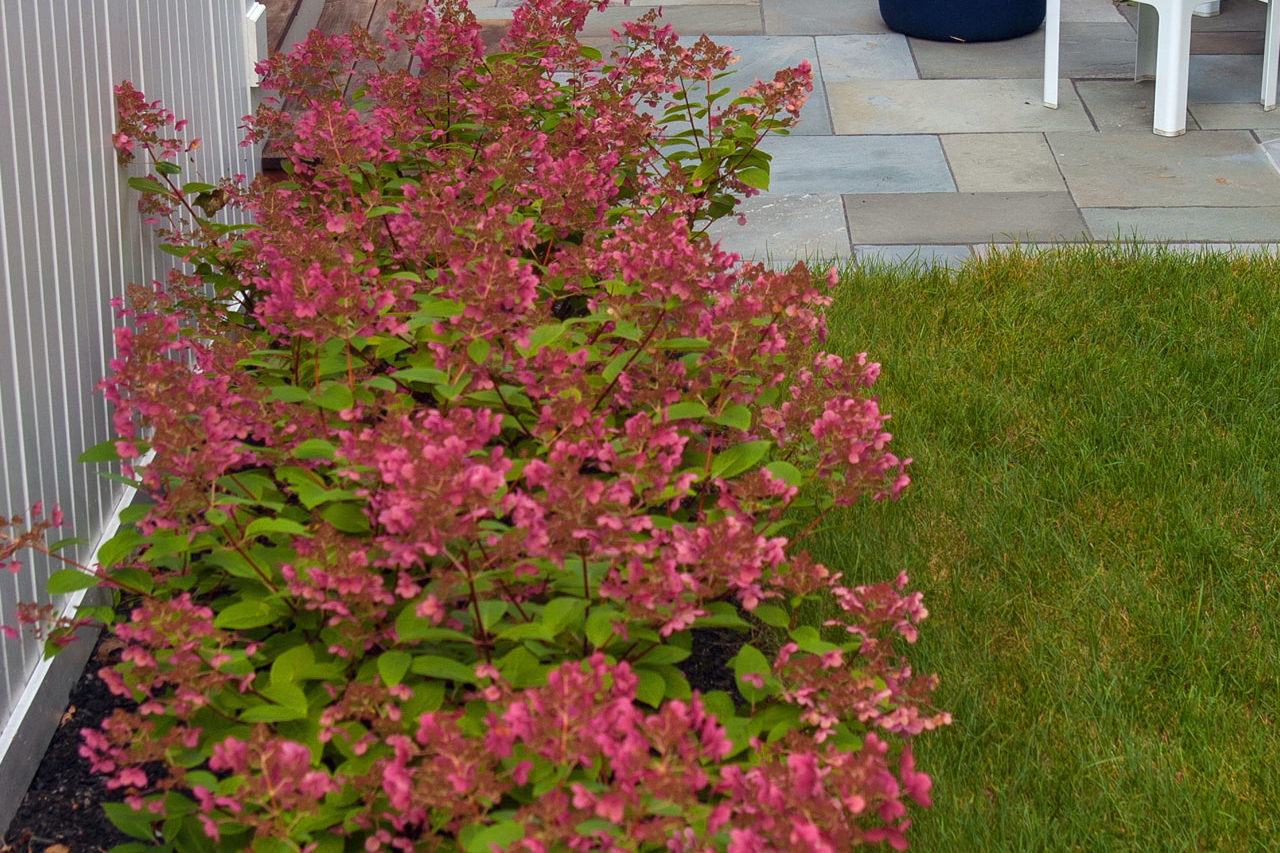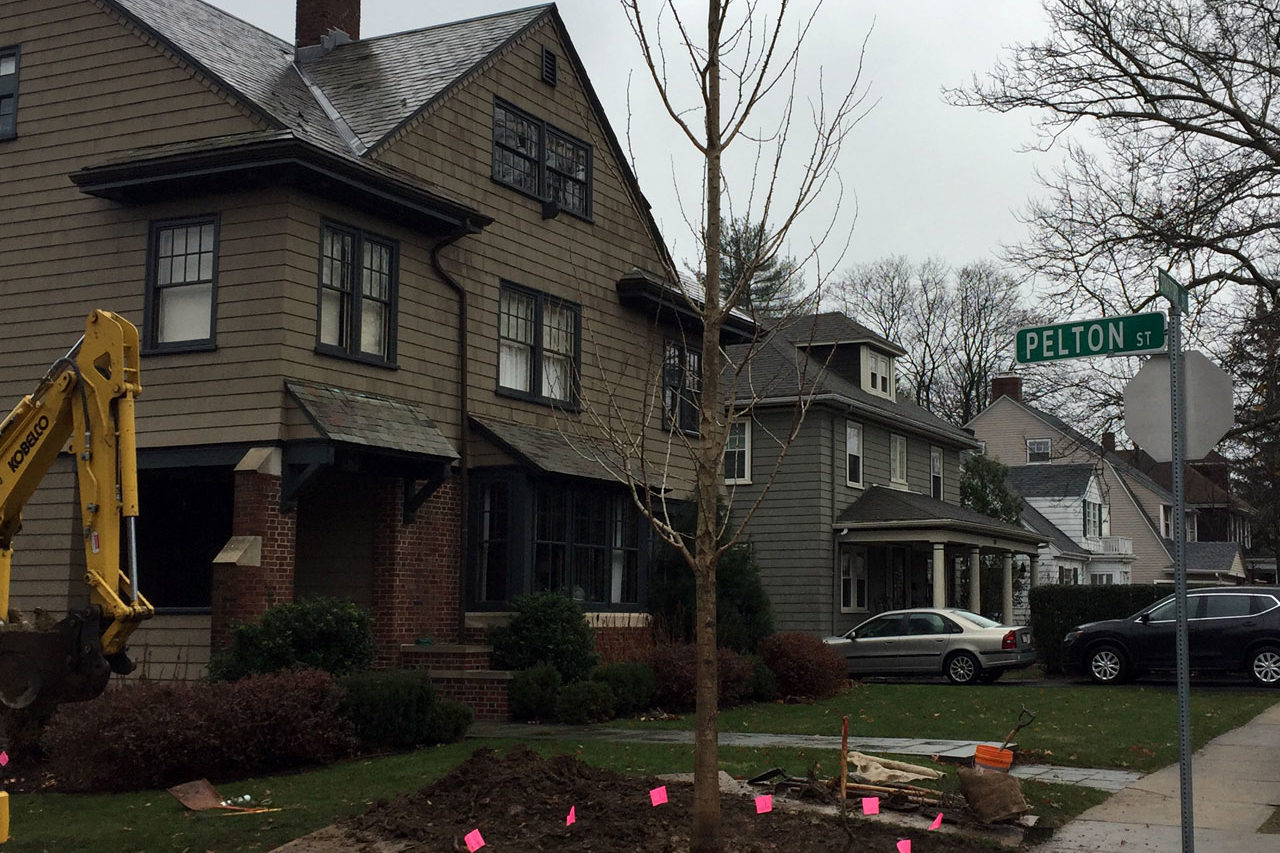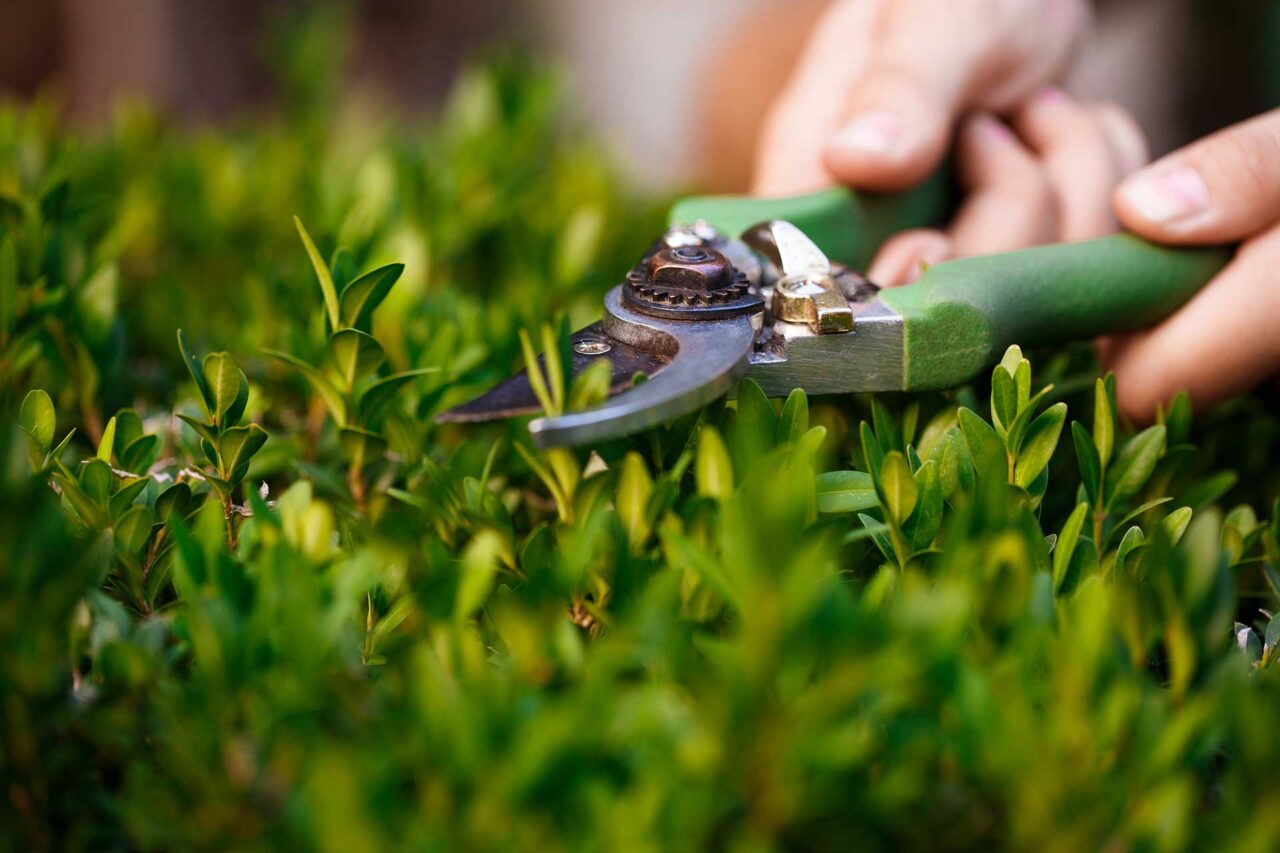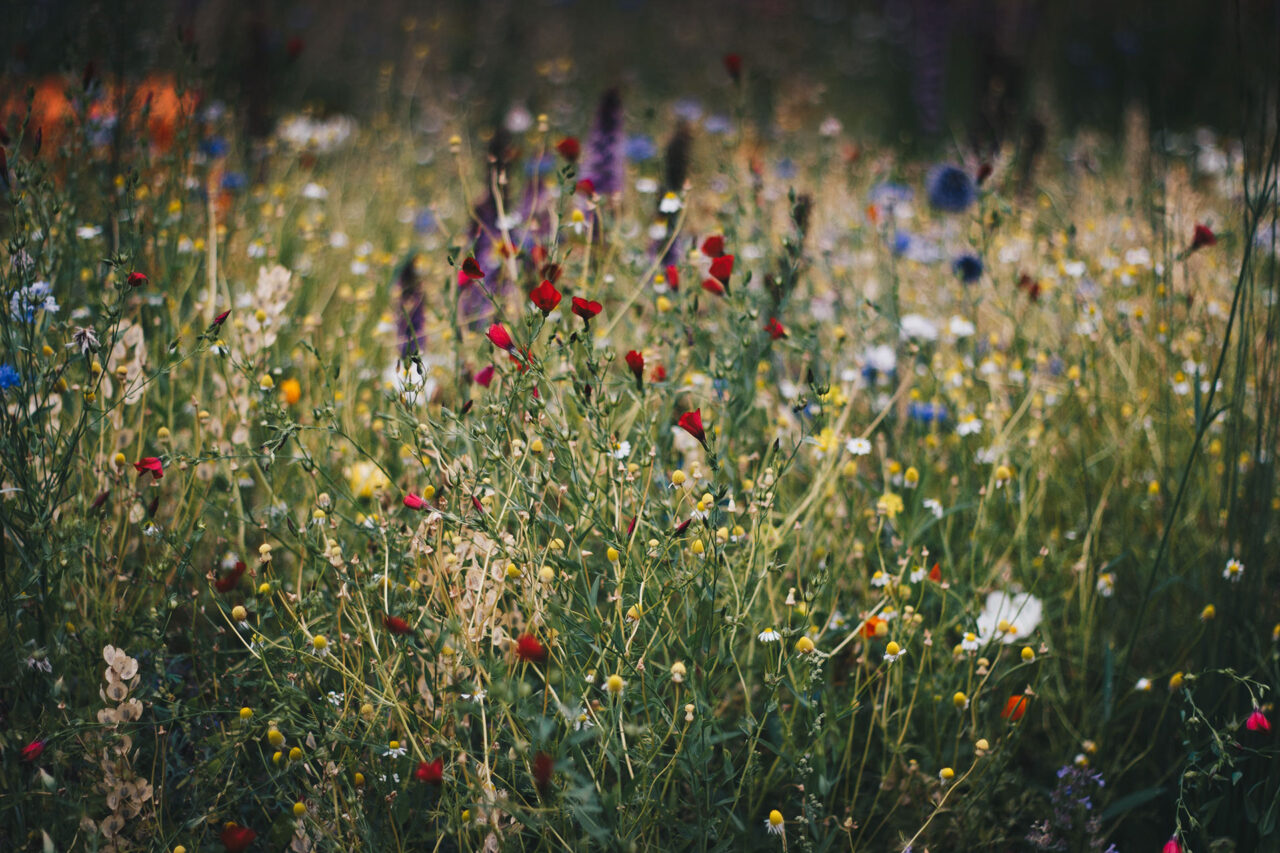No Maintenance vs. Low Maintenance
Clients often request “no maintenance” or “low maintenance” plantings for the design of their garden. Let’s just agree right off the bat that there is no such thing as a no maintenance garden. Even if you cover your land with a pad of concrete it still needs to be swept occasionally, to keep from building up debris. Low maintenance, on the other hand, is a goal that can be achieved.
How much maintenance you can handle depends on two factors:
- Your time and resources. How much time would you like to devote to doing the maintenance yourself and how much are you willing to spend on having professionals do it for you?
- Your tolerance for untidiness. Can you stand letting the plants grow more between pruning and debris build up between clean ups?
The Right Design
Once you’ve thought about the above, a design can be tailored to your level of maintenance. Plant variety, size, and spacing will determine how much maintenance the garden will need. Consider these points to keep garden maintenance low:
Plant Sizing
- If you start with small shrubs/trees, make sure they are spaced far enough apart so that they can grow to their full size and not need to be transplanted right away. That way you don’t have to prune them for a few years while they are growing in, or at all.
- Starting with full grown specimens is great. It allows you to have an almost instantly mature garden with well-spaced plants that should need minimal pruning or transplanting.
Plant Varieties
- Knowing how a plant grows is half of the battle. If you can pick the right plant for the right space, it will help reduce the amount of effort needed to keep it fitting there.
- There are many dwarf varieties of plants that grow slowly and will need less pruning.
- Choose plants that look good without deadheading such as spirea, viburnum, asilbe, or joe pye weed.
- Choose plants that cover ground quickly such as nepeta ‘walker’s low’ which can cover 9 square feet in a season or two!
Spacing
- Short term, don’t crowd new plantings too much to the point that you’ll need to move them within the first few years.
- Long term it’s good to have dense spacing to keep weeds at bay.
- Simplify plantings in areas that aren’t viewed from up close.
Worth the Effort
Some factors are unavoidable – weeds will always grow, and leaves will always fall. However, with just a few right decisions, you may find that you will get close to your “no maintenance” garden after all!
